How to protect yourself from email breaches?
Most of the time, you don’t think much about malware, phishing, or getting hacked online. You know that it’s something that happens regularly, but you never think it’s going to happen to you.
If you have an up-to-date multi-step security plan, maybe you have nothing to worry about. But if you haven’t been vigilant about setting up two-factor authentication on every website you visit or reusing a password you can easily remember, it might be beneficial for you to perform a security checkup and analyze your email inboxes for any suspicious activity.
Email breach tends to be the target for most hackers because it’s the center of your online life. Your email is connected to your bank account, all government services (and your SIN), and can be used to orchestrate phishing attacks on your contacts as well.
So here are a few things you can do right now to verify your Mac security and conduct the email hacked check with a website like Have I Been Pwned?
What is a data breach?
It’s important to know that the risk of you getting hacked doesn’t always depend on your actions directly, but rather the services you use. Any large online software company gets attacked constantly. And while most attacks are unsuccessful, eventually hackers are able to break even into the most secure companies in the world. Dropbox, Kickstarter, Adobe — all of them suffered email breaches.
To put it simply, a data breach is an unauthorized reveal of personal information to a third party (e.g. hackers). This data can include your name, address, email, phone number, password, etc. Hackers then use the newly harvested data to try to access other services online. That’s why reusing your password is so dangerous. Through no fault of your own, just one data breach would be enough to hack all of your online accounts.
How to find out if you’ve been hacked
As mentioned above, lots of your online services can be hacked. But the most critical of all is your email account, since it directly connects to everything else.
So it’s good to be aware of what’s happening in your email inbox. Are you noticing that some of your emails are disappearing? Do you see emails in the Sent folder that you haven’t written? Are your friends complaining they get spam from you? Has your account been accessed from IPs that don’t belong to you?
The first steps to checking if you’ve been hacked are looking through emails in your Sent folder and your IP logs.
To access your IP and location information:
- Log in to your Gmail
- Click Details at the bottom of the page, under “Last account activity…”
For more security information, click Security Check-up. Here, you’ll see all devices that have access to your account (and be able to sign out of any of them), any recent security events (Google is actively monitoring your account and is good at communicating any suspicious activity), whether you’ve turned on two-factor authentication, and any third-party apps that can access your email.
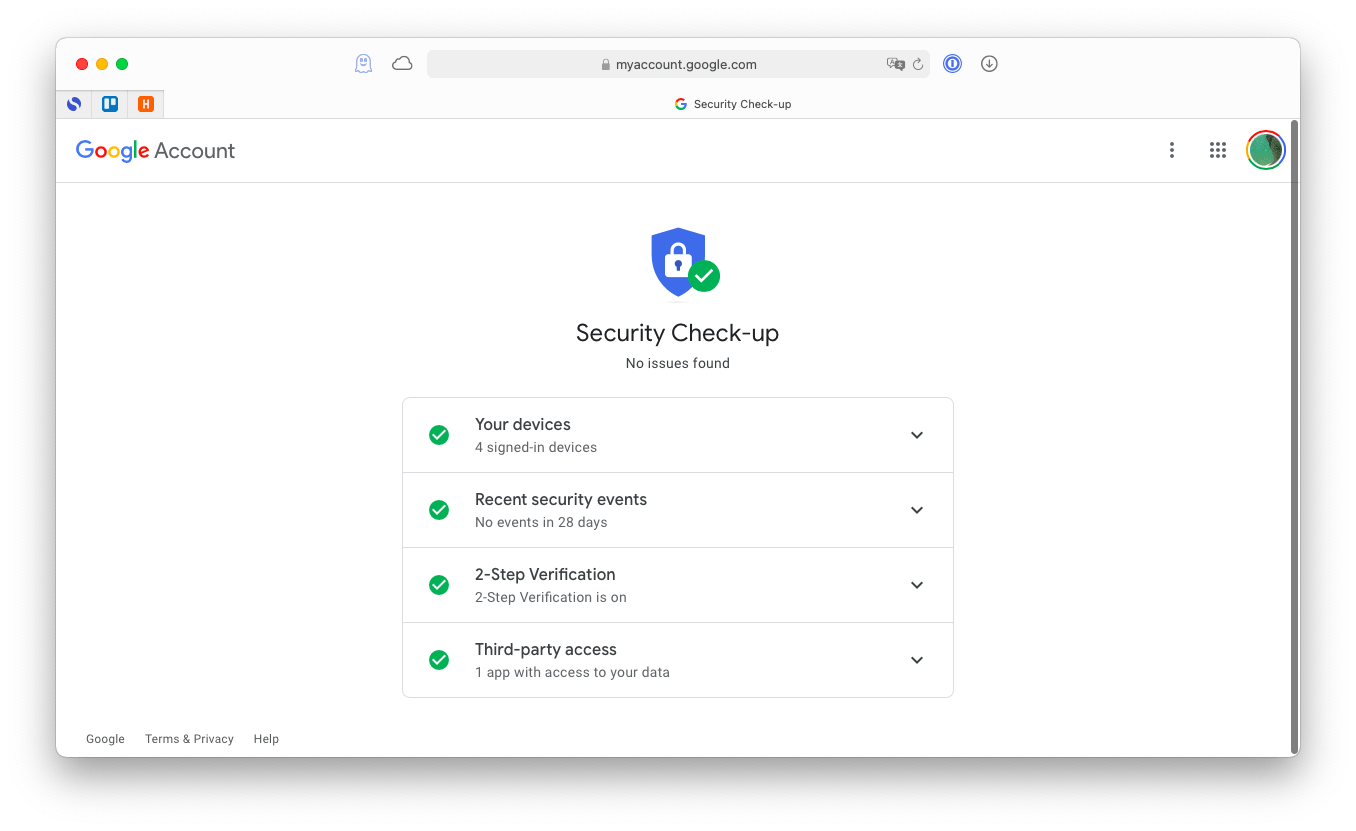
The most obvious indication that your account has been hacked is when you can’t even log in to your email because hackers have changed your password. In this case, visit accounts.google.com/signin/recovery and answer a few security questions to regain email access.
How to check Have I Been Pwned?
If you don’t see any suspicious activity in your email account, that doesn’t yet mean you’re safe. First, your login information could be already known to hackers, but just not used. Second, if hackers know your login information, they could start with other online accounts and not necessarily your email.
So you should check the data breach databases from time to time, to see whether your email shows up in any recent attacks on various online services.
The most famous data breach checker is Have I Been Pwned? To use it:
- Visit haveibeenpwned.com
- Enter your email and click Pwned?
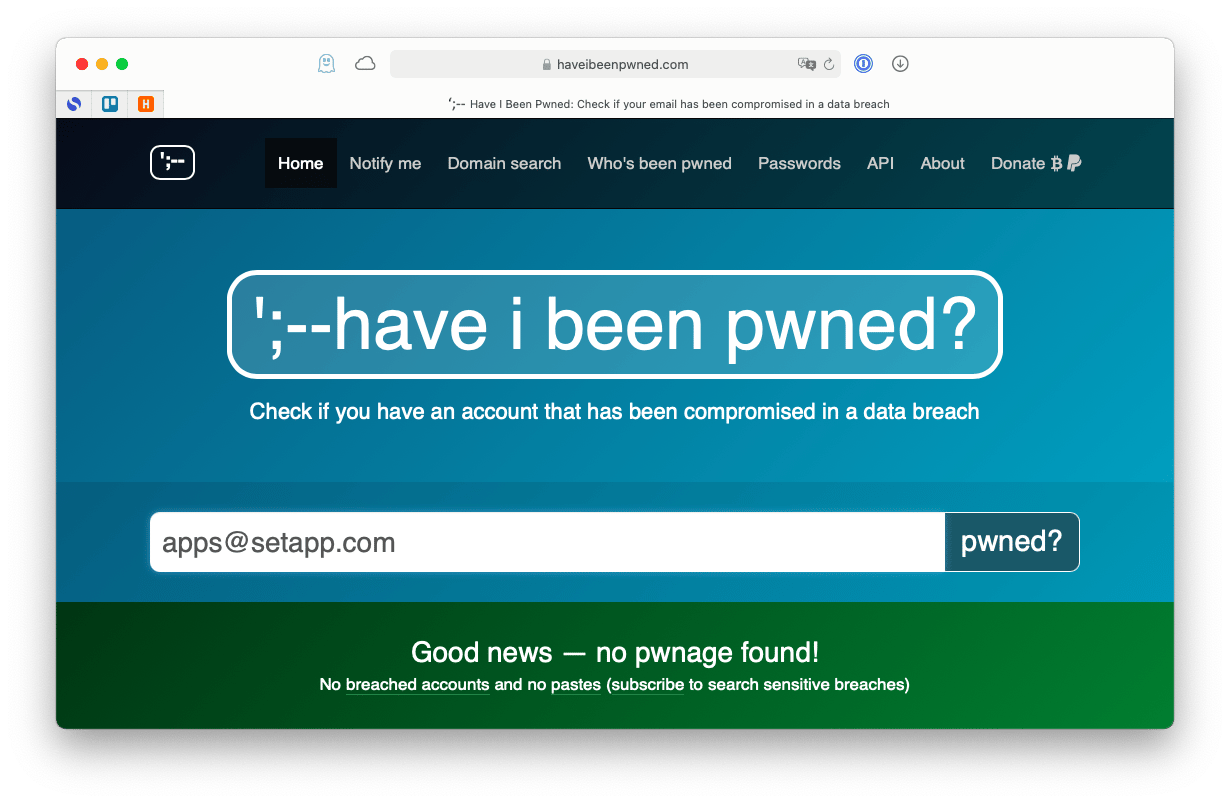
Have I Been Pwned? will then show you all known email breaches and which information exactly has been leaked.
The problem is you might not visit Have I Been Pwned? as often as you should for a regular email hacked check. Instead, it would be better if an app on your Mac could do that for you.
Secrets 4 is an intuitive password manager and has a complete set of features to help you keep your online life secure. That includes a full vulnerability report from Have I Been Pwned? as well. Even better, Secrets 4 checks your login and password in the Pwned database locally — not by sending your password online, but by comparing the first five characters of the SHA-1 hash of your passwords to the hundreds of hashes in the database.
To know the answer to “has my email been hacked?” in Secrets 4:
- Launch the app
- In the menu bar, go to Item ➙ Vulnerable Logins ➙ Check All Logins. You can also Check Selected Logins if you’re interested in something particular.
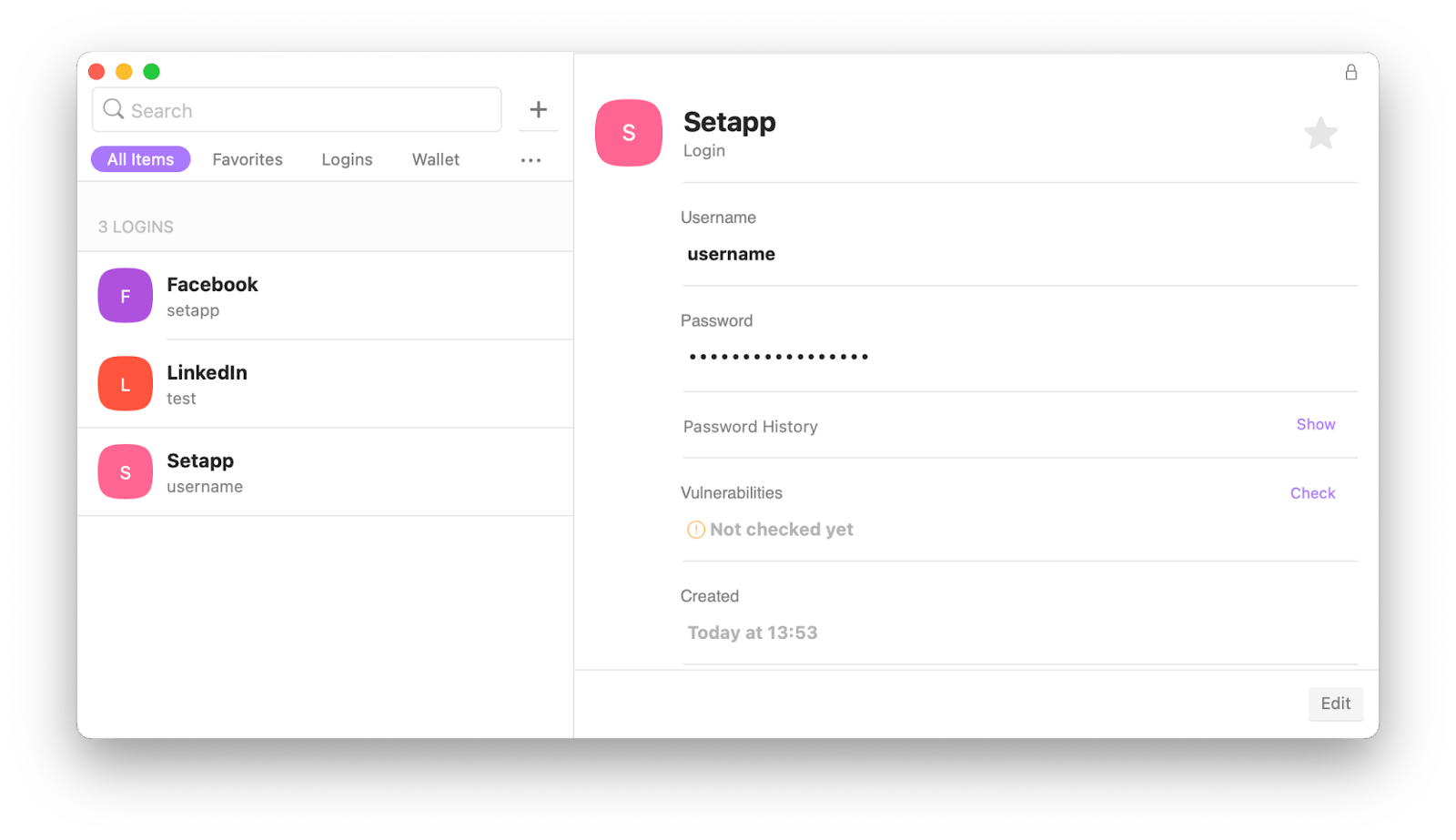
Besides, Secrets 4 is a powerful way to avoid endangering your online accounts in the first place. This app can generate and safely store unique passwords for every online service, and then fill them out easily through its browser plugins. Thus, even if your data has been part of any known email breach, you can regenerate a completely new set of passwords and prevent any attacks. But what else can you do if your accounts have been compromised?
How to protect compromised accounts
As soon as you know that some of your personal information has been stolen, you should check whether your Mac itself has been affected. It’s possible that you might have downloaded a malicious script from one of your emails without knowing it.
CleanMyMac X presents the easiest way to check the complete security of your Mac:
- Just launch the app
- Navigate to Malware Removal
- Click Scan
- Remove any malware that was found
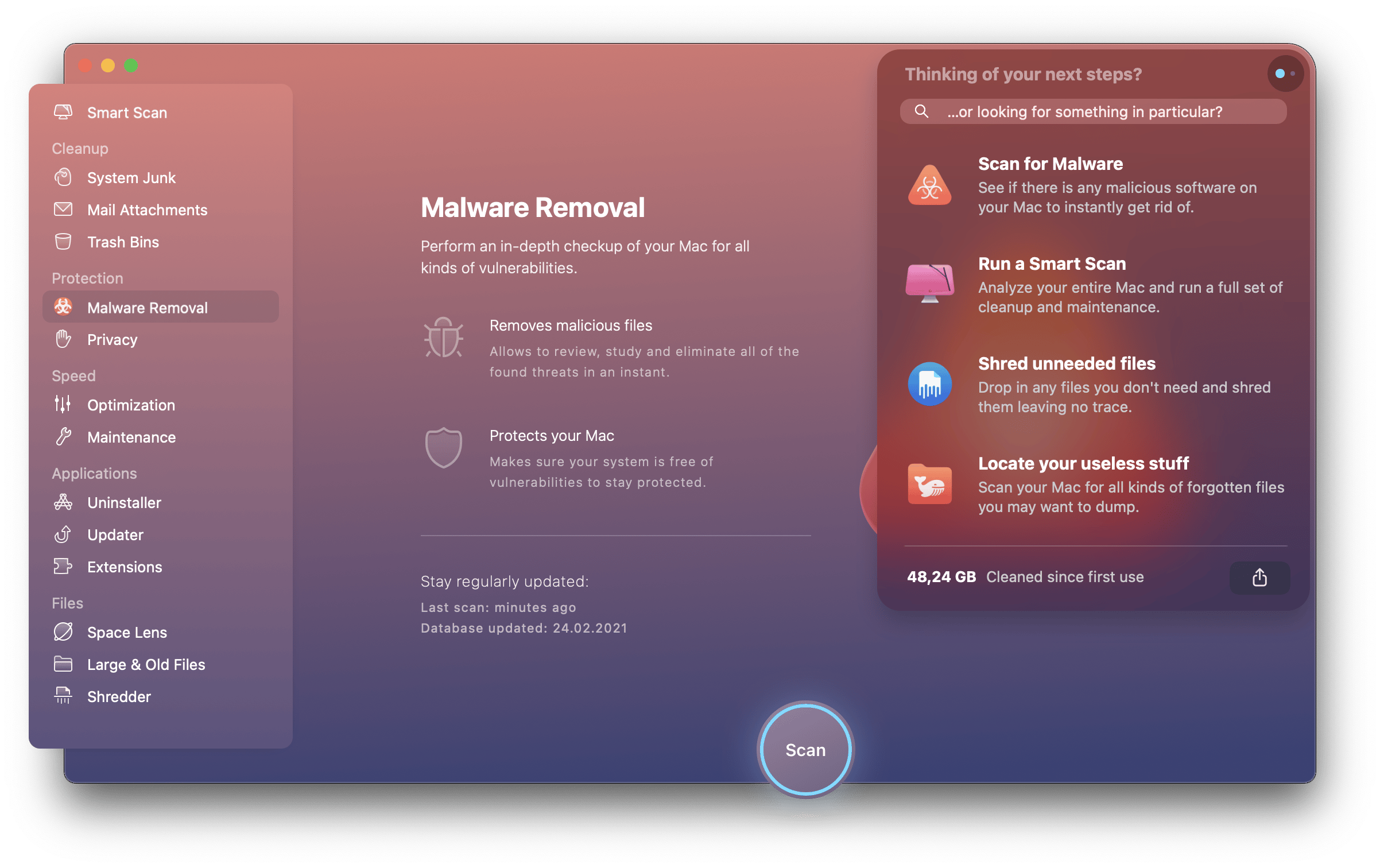
In addition, CleanMyMac X features a variety of scans to speed up your Mac, clean your hard drive, improve your privacy settings, uninstall apps completely, and more.
After you’ve changed your passwords and checked your Mac for malware, you should take the extra step and enable two-factor authentication (2FA) wherever possible. 2FA ensures that to access any of your accounts you’d not only use a password but also a temporary code sent to your devices — so without physical access to your phone or Mac, hackers won’t be able to log in anymore.
Step Two is a simple 2FA app available both on your Mac and iOS. This utility brings a beautiful, minimalistic look to a truly powerful feature. Just add any of your online accounts, and Step Two will automatically and continuously generate one-time passwords for each of them.
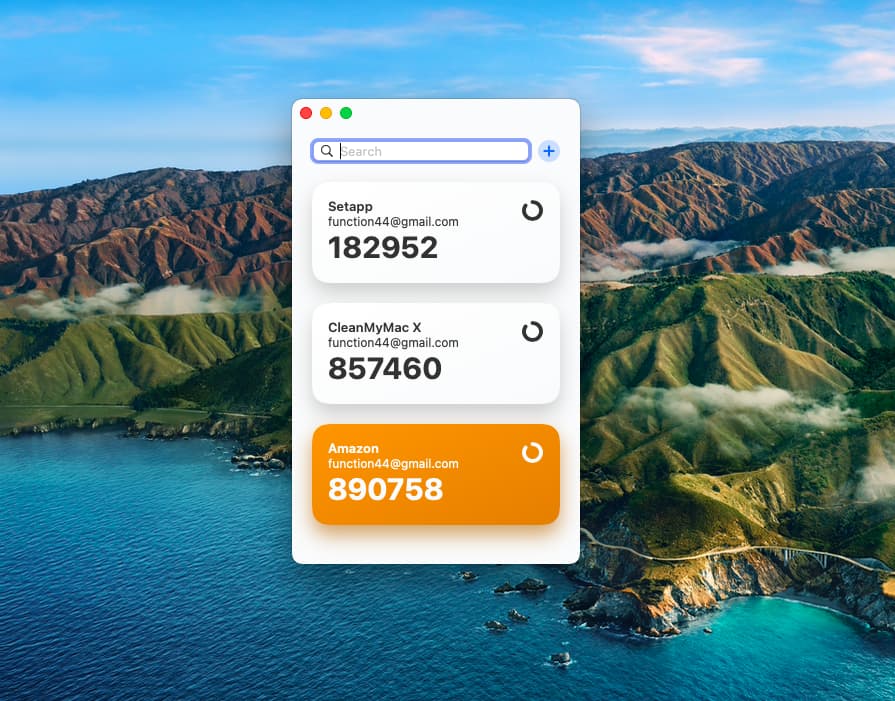
Canary Mail is another app that will significantly improve your online security. This email client supports manual and automatic PGP encryption, which will make your emails unreadable to anyone who’s spying on your communications. What’s more, Canary Mail offers AI assistance with drafting email responses, summarizing information, identifying tasks and attachments, and more. Convenience and security — the best of both worlds!
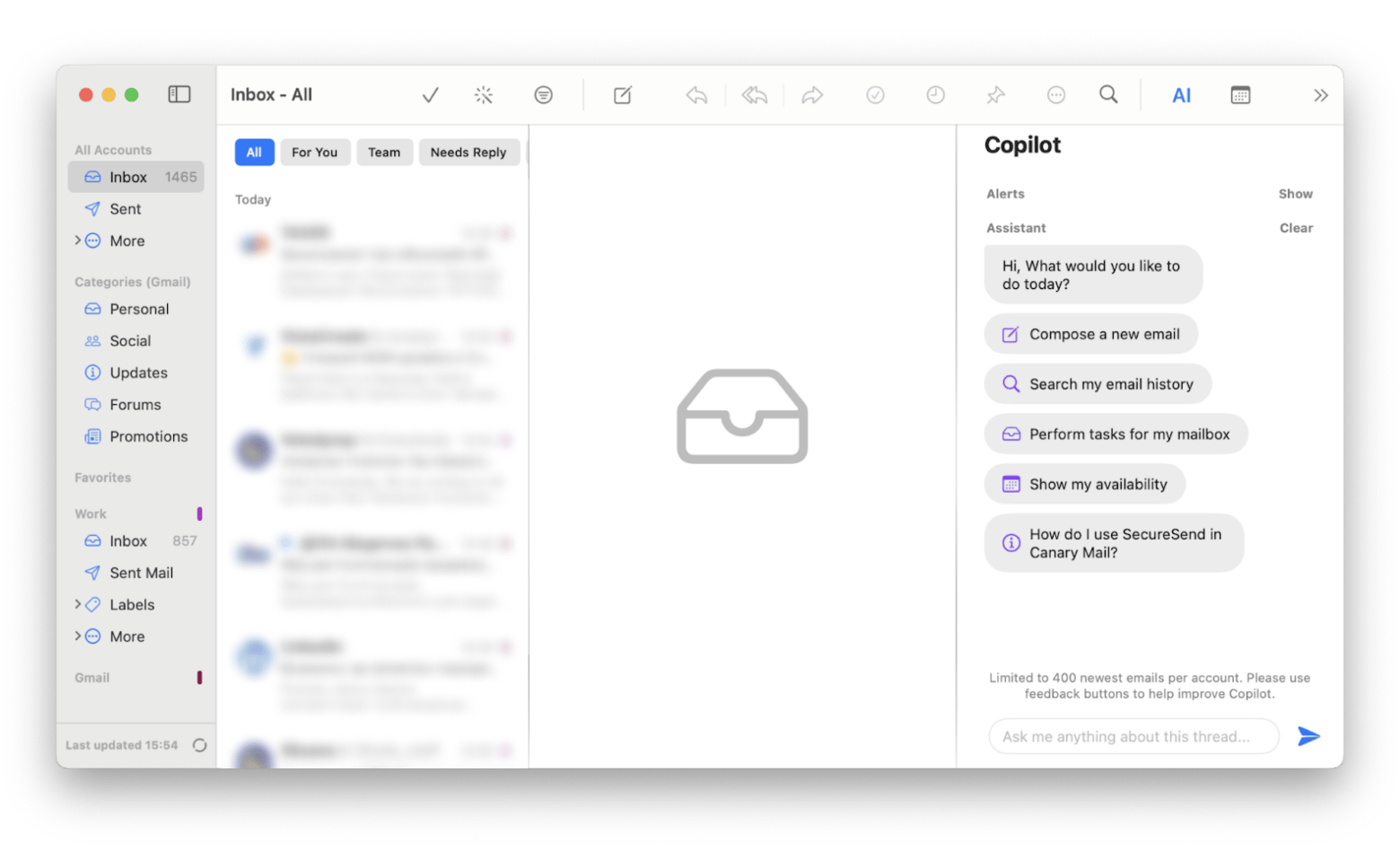
And while you’re upgrading your email experience, make sure to notify all your frequent contacts not to open any links that you might have sent out recently. If you’ve been hacked, you absolutely don’t want to compromise other people’s inboxes.
You can also choose to unsubscribe from any unwanted newsletters that you receive. If you don't want to spend hours of time opening each email and unsubscribing, Leave Me Alone is a powerful tool to protect your inbox from unwanted messages. Use it to unsubscribe from email newsletters in just one click, generate shielded email addresses — so that you don’t have to share your full email address, — block cold emails, spam, or screen emails using your custom blocklist.
As you can see, “has my email been hacked?” is a great question that you should regularly ask yourself. To help your security online, start by reviewing your Google security settings and check your email on Have I Been Pwned? Then, improve the level of your passwords with Secrets 4, scan your Mac for malware with CleanMyMac X, enable 2FA with Step Two, switch to secure email with Canary Mail, and get rid of all the ads with AdGuard.
Best of all, Secrets 4, CleanMyMac X, Step Two, Canary Mail, and Leave Me Alone are all available to you absolutely free for seven days with a trial of Setapp, a platform with over 220 outstanding Mac apps that cover all aspects of your digital life. Try every Setapp app today and find your new favorites at no cost — improving your productivity in the process!





